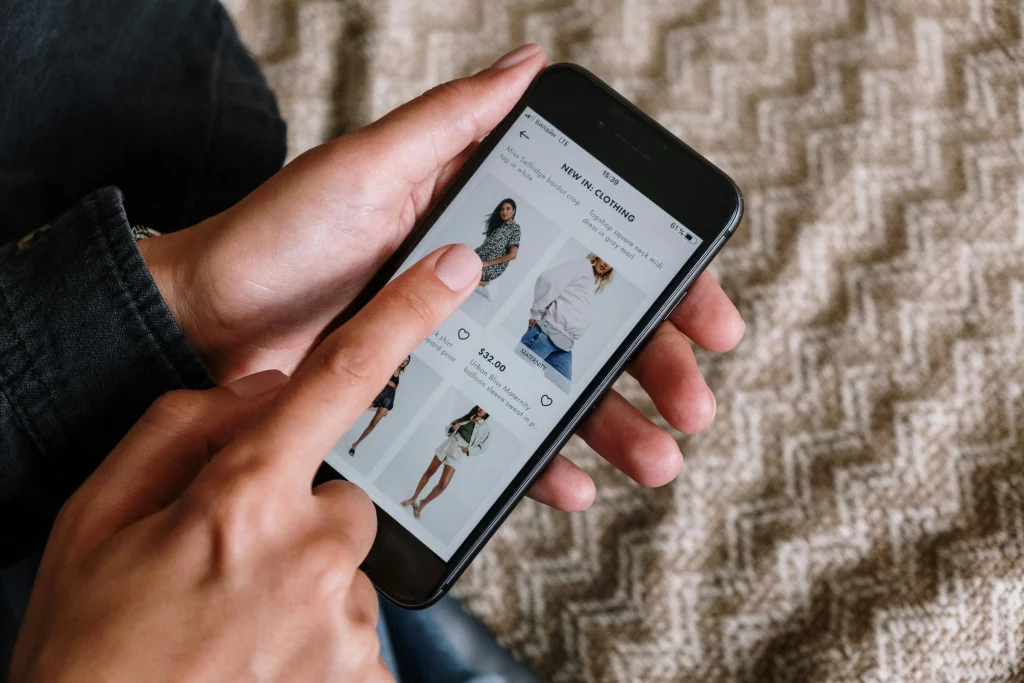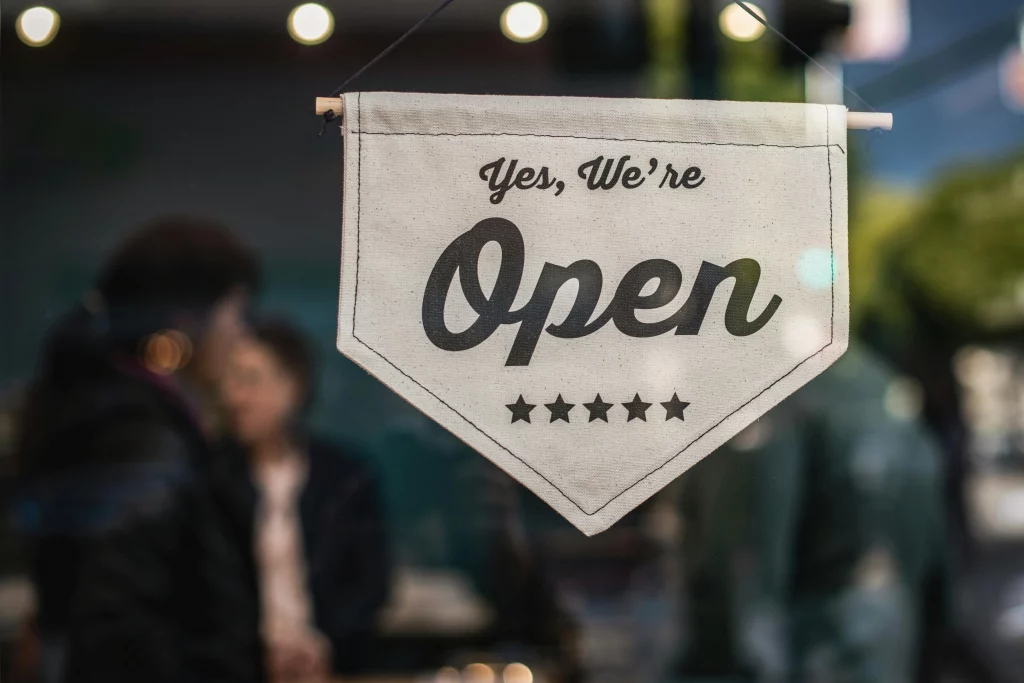Retail is arguably one of the most dynamic and sensitive sectors when it comes to adapting to change. Countless factors influence retail performance, present opportunities or pose threats to revenue throughout the year. Here, we’ve identified four key factors poised to significantly impact the retail sector in 2025 and beyond.
Artificial Intelligence (AI) Enables Personalized Shopping Experiences

In recent years, AI has transitioned from being a mere buzzword to a transformative force in retail. Today, numerous AI-driven platforms offer sophisticated solutions for enhancing customer experiences. For instance, AI-based recommendation engines can identify individual customer preferences in color, shape, and style, then provide tailored product suggestions both online and in-store.
Moreover, AI can predict shifts in customer tastes over time, allowing retailers to adapt their assortments accordingly. With these insights, you can anticipate what your customers will seek and strategically align your offerings to maximize revenue while meeting their needs.
Governmental Changes in 2025

Political shifts often create short-term disruptions in retail, as businesses adapt quickly while consumer behaviors remain relatively stable, particularly for everyday items. However, the current landscape may bring unique challenges, such as sudden tariff changes or new tax regulations affecting many retail businesses.
These shifts can disrupt sourcing and supply chains, forcing retailers to reevaluate stock levels, assortments, and sourcing operations. Identifying weak points in business processes and exploring alternative strategies will be critical. As we see changes on the geopolitical front, probably it is now time for an extensive “what-if” analysis to prepare for unexpected changes.
The Rebirth of Physical Stores

After multi-channel and omnichannel business models brought disruptive changes to the traditional brick-and-mortar (B&M) store and sales formats, there are significant signs that physical stores will never disappear. Each B&M store has its own role within the retail business model, whether as a showroom, department store, or outlet.
A key characteristic of B&M stores is that they require time—time to travel to, to browse through, and to complete your shopping. Forget the notion that physical stores are outdated or a waste of time. Instead, they are becoming places where you can slow down, take your time shopping, connect with people and with the brand, and physically experience the products before purchasing.
This contrasts sharply with the hurried experience of rushing through your day, checking items online, and making a one-click purchase—sometimes to regret not having taken more time to consider your decision when the item arrives. The rebirth of B&M stores centers on creating a calm, well-organized environment (much like your home), where shopping feels personal, akin to browsing your own wardrobe.
This emerging concept is aptly called Slow Retail.
Gen Z and Gen Alpha’s Influence on Retail

When we look at retail demand as a pool of customers, the mix of generations within that pool can vary depending on assortment, brands, price, and other factors. This is well known, but have you ever considered which generations hold the most influence?
The youngest generation, Alpha—even though they are still too young to earn regular incomes—already wields massive purchasing power, indirectly spending more than their parents. Retailers must pay attention to Gen Alpha, especially in the online era, as this generation increasingly relies on electronic devices but has limited experience with physical shopping. They know exactly what they want and want it immediately. Retailers can leverage this by offering faster shipping, real-time inventory updates, and AI-powered customer experiences like AI Chatbot for quick and easy Q&A or Intelligent routing to support team.
Meanwhile, Gen Z makes up 22% of the global population and approximately 30% of the global workforce. They generally have regular incomes and are in the process of building their lives. Connected through digital devices and social media, Gen Z represents a major purchasing power with a strong tendency for impulse buying. They expect value for their money, and when they receive it, they become loyal customers who actively share their experiences on social platforms.
Gen Z is a critical demographic for every retail sector, as they influence Gen X and Millennials, while Gen Alpha will soon grow into Gen Z’s footsteps.
Conclusion
It takes significant effort and time to stay aligned with global trends and expectations in retail, so it’s worth reflecting on these major topics and prepare for the future.
For more insights and retail expertise, contact our team!








